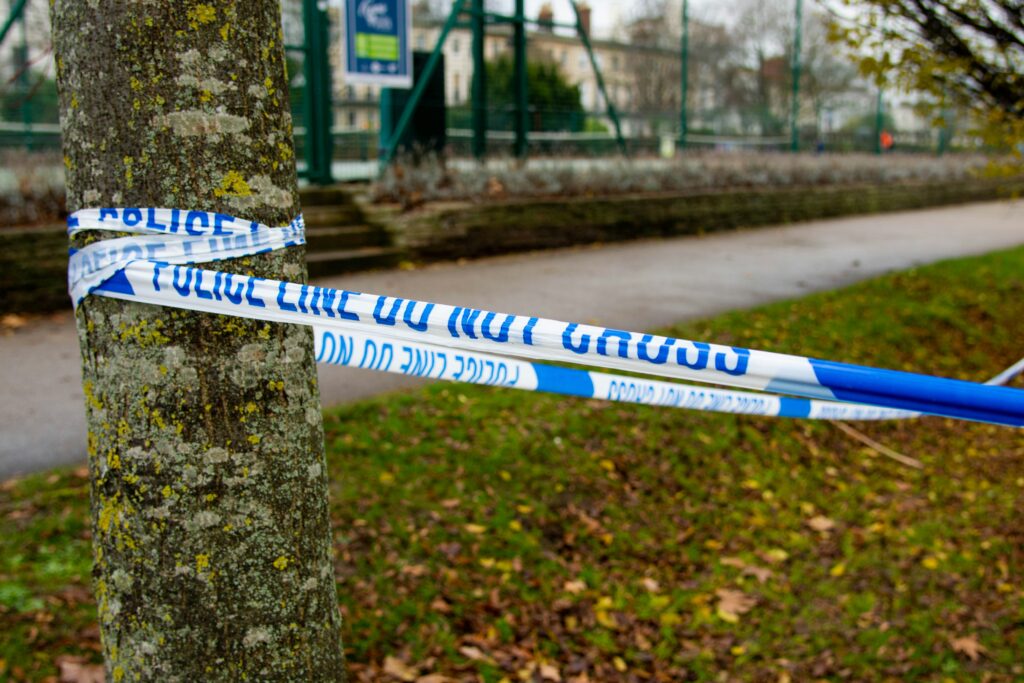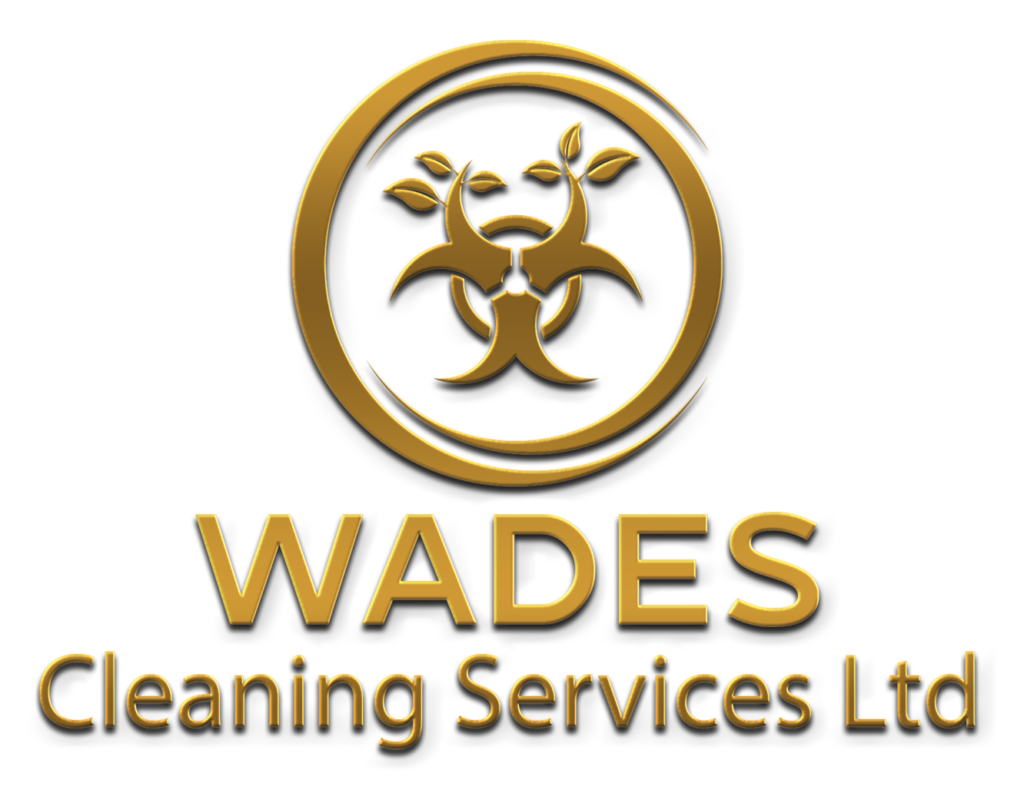
Crime Scene Cleaning:
Cross Contamination Prevention
As experts in the field of crime scene cleaning, ensuring safety is our top priority at Wades Cleaning Services. Among the critical aspects of our work is preventing the spread of contaminants during cleanup. Cross-contamination not only compromises the scene’s integrity but also poses significant health risks. In this blog post, we’ll explore the best practices for preventing cross-contamination, including techniques for proper containment and disinfection.
Containment Zones
Before commencing cleanup, it’s vital to establish containment zones to control contaminant spread. Divide the area into zones based on contamination levels, such as the primary crime scene area, transition zones, and clean zones. Utilise physical barriers like plastic sheeting or tape to delineate these zones and limit access to authorised personnel only.

Personal Protective Equipment (PPE)
Equipping cleaning professionals with suitable personal protective equipment (PPE) is crucial for preventing cross-contamination. This includes wearing disposable gloves, protective suits, masks, and eye protection. Ensure correct donning of all PPE and proper disposal after use to prevent contaminant transfer.
HEPA Filtration
Utilise high-efficiency particulate air (HEPA) filtration systems to capture airborne particles and prevent their dispersion during cleanup. Employ HEPA vacuum cleaners and air purifiers to effectively remove contaminants from the air and maintain a safe work environment.
Cleaning Tools and Equipment
To minimise cross-contamination risk, segregate cleaning tools and equipment according to designated zones. Implement colour-coded systems or separate tool sets for each zone to prevent contaminant transfer between areas. Thoroughly clean and disinfect tools after each use to uphold hygiene standards.
Cleaning Protocols
Adhere to strict cleaning protocols for comprehensive crime scene decontamination. Use EPA-approved disinfectants and cleaning agents to effectively eliminate pathogens and biohazards. Follow manufacturer instructions for dilution ratios, contact times, and application methods for optimal results.
Disposing of Biohazardous Waste
Proper disposal of biohazardous waste is essential to prevent contaminant spread beyond the cleanup site. Use leak-proof, puncture-resistant containers labelled with biohazard symbols for contaminated material collection. Dispose of biohazardous waste in line with local regulations and guidelines to minimise environmental impact.
Preventing cross-contamination is crucial in crime scene cleanup, requiring meticulous attention to detail and adherence to best practices. By establishing containment zones, utilising proper PPE, segregating cleaning tools, implementing effective cleaning protocols, and ensuring biohazardous waste disposal, we can mitigate contaminant spread risks and ensure everyone’s safety. At Wades Cleaning Services, we uphold the highest hygiene and professionalism standards in every cleanup operation we undertake.
Call us today:
Did you know? We offer a range of other specialist biohazard cleaning services including hoarding clean up, clean up after death, and trauma and crime scene clean up. Contact us.


